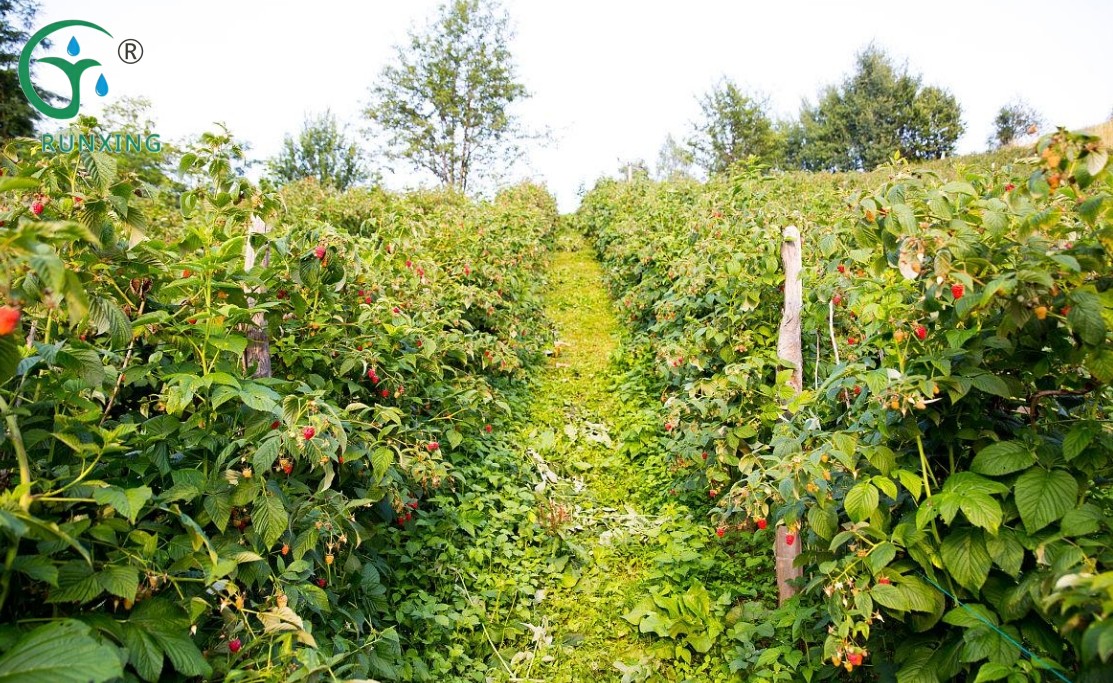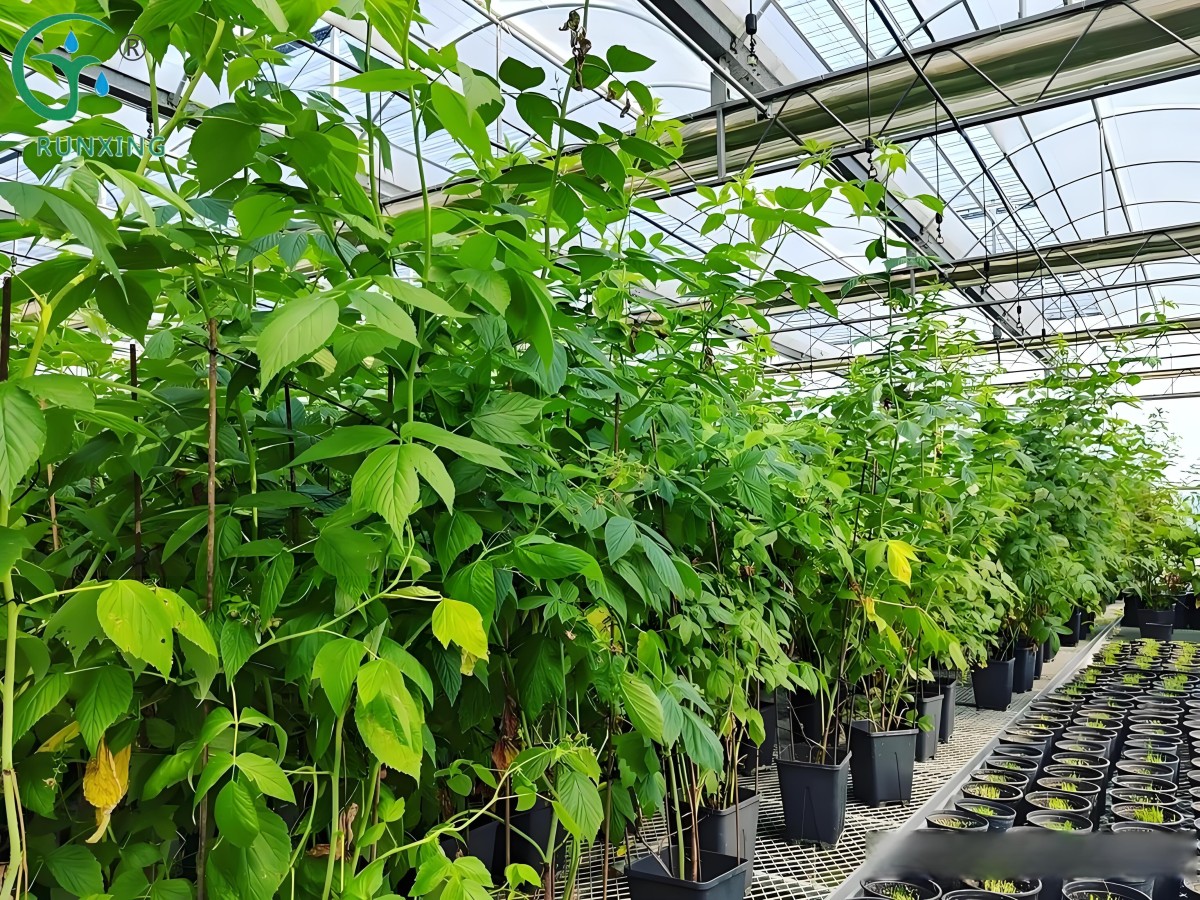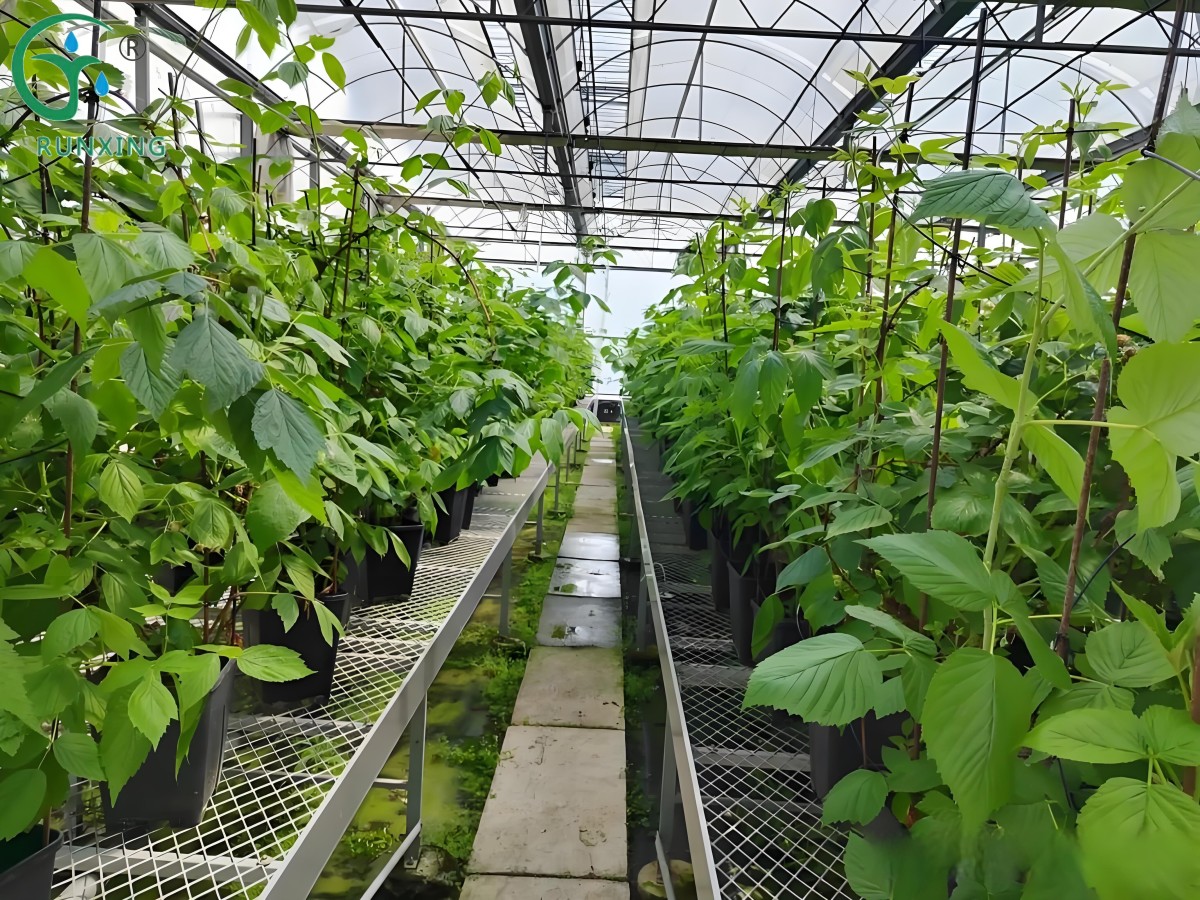Guide to Raspberry Cultivation in Colombia with Drip Irrigation Systems
In the climatic conditions of Colombia, precise water management is crucial for raspberry cultivation. Drip irrigation systems, as an efficient irrigation method, not only allow for precise control of water usage but also enhance water utilization efficiency, reducing evaporation and waste. Therefore, drip irrigation systems are indeed necessary for raspberry cultivation in Colombia.

Required Drip Irrigation Equipment
Drip Irrigation System Components: Primarily including a water source, a head hub (comprising pumps, filters, fertilizers applicators, etc.), water delivery and distribution piping networks, and emitters (drippers or drip stakes).
Drippers or Drip Stakes: Suitable for small pots or multiple pots of plants, ensuring uniform water infiltration into the soil to nourish the roots.
Accompanying Punchers and Flow Stabilizers: Used for punching holes in the water delivery pipes and installing flow stabilizers to ensure uniform and stable water flow.
Laying Out and Installing Drip Irrigation Equipment
Planning and Layout: Based on the size and shape of the raspberry cultivation area, plan the layout of the drip irrigation system to ensure even irrigation for each raspberry plant.
Punching and Installation: Use accompanying punchers to punch holes in the water delivery pipes, install flow stabilizers, and connect drippers or drip stakes.
System Debugging: After installation, conduct system debugging to check for leaks at connection points and ensure the system operates normally.

Water Usage Control and Irrigation Management
Water Usage Calculation: Based on the raspberry growth stage, weather conditions, and soil moisture, reasonably calculate the water usage for each irrigation. Generally, raspberries require irrigation every 10-15 days during the growing season, with the irrigation volume adjusted according to actual conditions.
Irrigation Plan: Develop a scientific irrigation plan, including irrigation time, volume, and frequency, to ensure raspberries receive sufficient and appropriate water during critical growth stages.
Intelligent Control: Introduce an intelligent irrigation control system that automatically adjusts the irrigation volume based on data from soil moisture sensors, achieving precise irrigation.
Tips for Better Raspberry Cultivation
Soil Management: Raspberries thrive in fertile, well-drained soil. Prior to planting, conduct soil improvement by adding organic fertilizer and compound fertilizer. Regularly loosen the soil, remove weeds, and conduct tillage to improve soil structure and aeration.
Fertilization Management: Raspberries have high fertilizer requirements and should be fertilized based on their growth and soil fertility. Base fertilizer should primarily be organic, supplemented with chemical fertilizers; top dressing should use water-soluble fertilizers to ensure balanced nutrient supply at different growth stages. During flowering and fruiting, liquid potassium dihydrogen phosphate fertilizer can be applied appropriately.
Pruning Management: Proper pruning promotes raspberry growth and fruiting. After fruit harvest, prune branches to about 5-6 cm above the roots to stimulate new branch growth. Regularly prune dead, diseased, and weak branches to maintain healthy raspberry growth.
Pest and Disease Control: Regularly inspect raspberry growth and promptly take preventive and control measures. For common pests and diseases such as powdery mildew and aphids, use pesticide spraying, blacklight traps, and other methods for control.
Support and Training: Raspberry branches grow long and tend to creep and touch the ground, requiring support and training using trellises or post frames to distribute branches evenly, facilitate ventilation and light penetration, and prevent fruit contamination from touching the ground.

By reasonably applying drip irrigation systems and combining scientific cultivation management techniques, raspberry cultivation in Colombia can achieve high efficiency, water conservation, and high yields. We hope this guide provides useful reference information for your raspberry cultivation journey.
If you have any needs, please contact us.
About Us
We are dedicated to offering innovative, water-saving, and labor-saving irrigation solutions for agriculture worldwide. Our focus on quality and continuous innovation drives the development and progress of the industr
LOGO
This stunning beach house property is a true oasis, nestled in a serene coastal community with direct access to the beach.
Opening Hours
Monday - Friday : 9AM to 5PM
Sunday: Closed
Closed during holidays
Contact
+18888888888
hezuo@eyingbao.com123 West Street, Melbourne Victoria 3000 Australia
